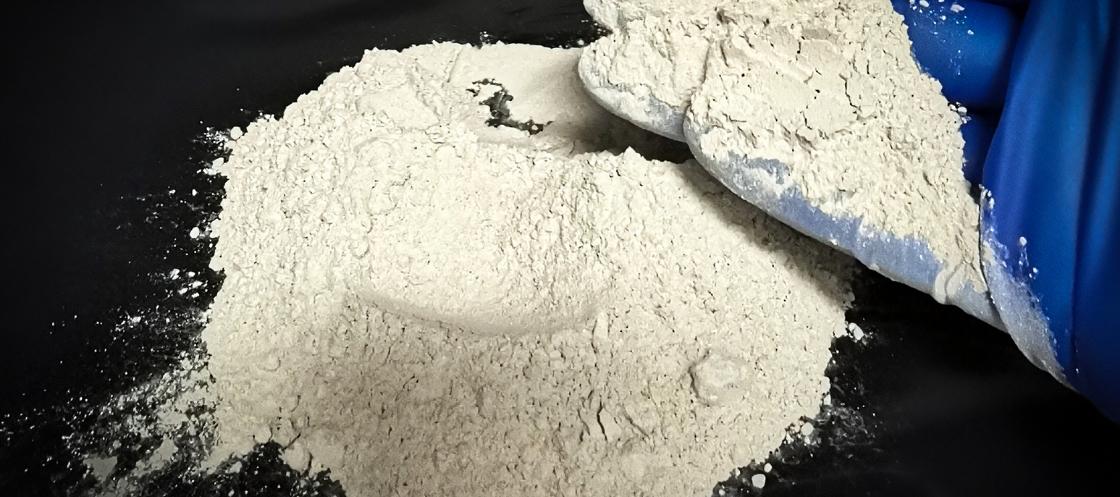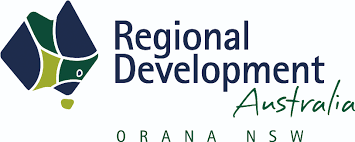Researchers use mining waste as catalyst for cheaper hydrogen fuel production
This discovery could potentially add to Australia’s renewable energy value chain by repurposing mining waste and adding new technologies to traditional industries

Professor Ziqi Sun from the QUT School of Chemistry and Physics and QUT Centre for Materials Science and Dr Hong Peng from the School of Chemical Engineering at the University of Queensland led research to create a new catalyst for water splitting reactions that create hydrogen using a much smaller amount of reactive metals.
These reactions are triggered using rare platinum, iridium and ruthenium starting at $367 per ounce, or cheaper but less active metals—cobalt, nickel and iron starting at $641 per tonne, making the process particularly pricey.
This research has significantly lowered costs by combining these catalysts with feldspars, aluminosilicate rock minerals found in mining waste that Professor Sun said some companies pay about $30/tonne to dispose of.
In the experiment, featured on the August cover of Advanced Energy & Sustainability Research, the researchers triggered a water splitting reaction using heated-activated feldspars nanocoated with only 1-2 percent of the cheaper reactive metals.
“Water splitting involves two chemical reactions—one with the hydrogen atom and one with the oxygen atom—to cause them to separate,” Professor Sun said.
“This new nanocoated material triggered the oxygen evolution reaction, which controls the overall efficiency of the whole water splitting process,” he said.
Professor Sun said cobalt-coated feldspar was most efficient and optimising the new catalysts could see them outperform raw metals or even match the superior efficiency of platinum metals.
He said the new catalyst could also potentially lower the cost of lithium-ion (Li-Ion) batteries and other sustainable energy solutions that relied on electrochemical conversions.
Researchers are now looking to test the catalysts at pilot scale.
“Australia’s abundance of aluminosilicate and the simplicity of this modification process should make industrial scale production of this new catalyst easy to achieve,” Professor Sun said.
Feldspars make up about 60 per cent of the Earth’s crust, according to Professor Sun, whose previous research activated feldspars for use as potential low-cost anodes in Li-Ion storage.
Joining Professor Sun and Dr Peng were other researchers from the QUT Centre for Materials Science including Professor Godwin Ayoko, Dr Jun Mei and Dr Juan Bai from the QUT Faculty of Science, and Associate Professor Liao Ting from the QUT Faculty of Engineering.
Professor Sun and Dr Peng are both focused on developing materials for emerging sustainable technologies.
Dr Peng is an expert in utilising clay minerals and mine tailings for functional materials through low-cost mineral processing technology.
He said the mining industry produced tonnes of waste material each year that Australia could be using for sustainable technologies.
















